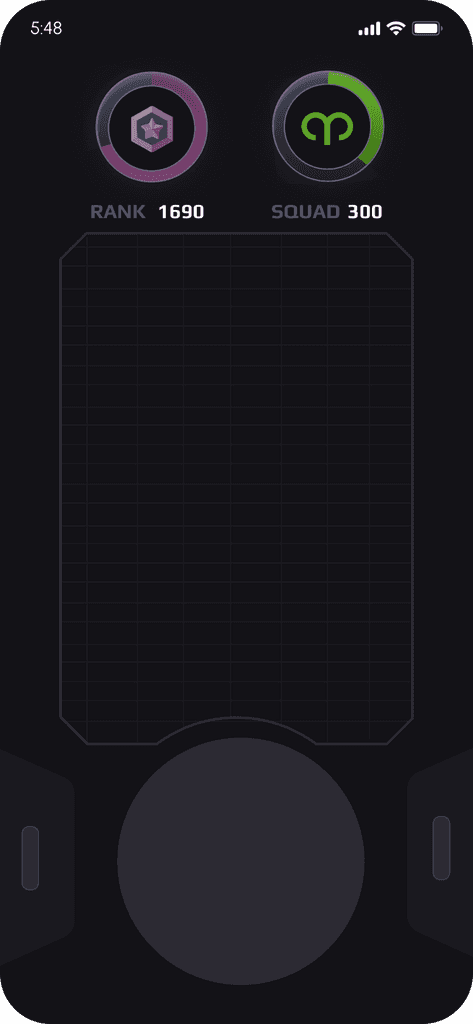A Case Study in Designing a 5-Minute Interactive Experience for 10,000 people
A real-time multiplayer space game for 10,000 players.
A real-time multiplayer space game for 10,000 players.
Company
Company
The Sphere
The Sphere
My Role
My Role
UX Designer
UX Designer
UX Researcher
UX Researcher
Timeline
12 Months
12 Months
Overview
Overview
Andromeda turned the entire Sphere audience into a space fleet—10,000 players using their phones as laser pointers to explore, navigate, and survive together.
From steering through asteroid fields to repairing damaged ships, every challenge required quick coordination and shared focus. Designed to test large-scale interaction at its limits, Andromeda blended mobile input, spatial UI, and crowd behavior into one seamless, cinematic experience.
Game Objective
Andromeda transformed 10,000 audience members into an interstellar crew. Players were grouped by seating zones into roles—Navigators, Weapons, and Engineers—each with distinct responsibilities and tasks.
Squad Objective
Follow your leader, stay in sync, complete your role. The more coordinated the squad, the higher the squad score.
Individual Objective
Perform your task well, climb the ranks, and earn the chance to lead your team.
How it works
Aim at objects on screen
Tap the red button to shoot(give it a try)
Your phone = your controller









Design Goals
GOAL 1
Seamless Onboarding
How might we onboard 10,000 players—regardless of tech or gaming experience—without slowing down the live experience?
GOAL 2
Managing Split Attention
How might we keep players focused on the main screen while using their phones—without creating confusion or cognitive overload?
Seamless Onboarding
01
Onboarding unfolded within the story, guided by in-world characters like Admiral Carter.
02
A short practice round acclimated players to aiming, firing, and team-based action—before real gameplay began.
Managing Split Attention

The goal was to keep eyes on the Sphere screen. So we designed the interaction to feel like a familiar TV remote—just point and tap. With one thumb on a single button and haptic feedback confirming when locked onto a target, players rarely needed to look down. This reduced cognitive load, improved reaction time, and made gameplay intuitive for all skill levels.
Conclusion
Alpha testing revealed something special: the game didn’t just appeal to traditional gamers—it resonated with anyone craving escape, connection, and a shared sense of wonder. As one participant put it:
"
“I forgot I was in Vegas. I was in another universe with my friends. This’ll go down as one of those unforgettable group moments we’ll talk about for years.”
Audience member, Post Show Interview
While Andromeda was ultimately shelved due to budget and technical constraints, the spark it ignited lives on. With continued interest and evolving capabilities, don’t be surprised if this mission launches again by 2027.
My Role
01
Led end-to-end experience strategy, mapping player flows and behaviors to create intuitive, scalable
02
Implemented UI in Unreal Engine using C++ and Blueprints, collaborating with networking engineers to sync player input and game state across devices.
03
Owned user research from recruitment to insights—studying attention, player agency, and social dynamics in large-scale play





